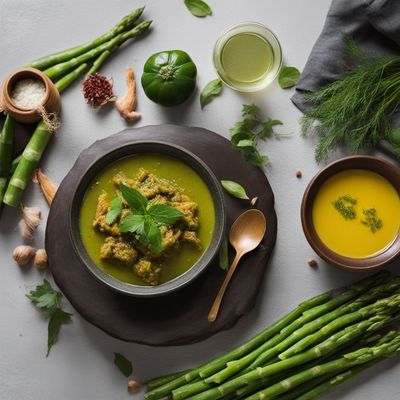
Ingredient
Lovage seed
The Aromatic Powerhouse
Lovage seed, derived from the lovage plant, is known for its intense aroma and flavor reminiscent of celery and parsley. It has a warm, earthy taste with hints of bitterness and sweetness. The seeds are small, brown, and oval-shaped, with a slightly rough texture.
Origins and history
Lovage seed has been used for centuries in European cuisine, particularly in Mediterranean and Eastern European dishes. It was highly valued by the ancient Greeks and Romans for its medicinal properties and was often used as a digestive aid. Today, it is primarily cultivated in Europe and North America.
Nutritional information
Lovage seed is a good source of essential oils, vitamins A and C, as well as minerals like potassium and calcium. It is low in calories and fat, making it a healthy addition to various recipes.
Allergens
There are no known allergens associated with lovage seed.
How to select
When selecting lovage seed, look for airtight packaging to ensure freshness. Check the expiration date and opt for organic or high-quality brands whenever possible. The seeds should have a strong aroma and a rich brown color.
Storage recommendations
To maintain the freshness of lovage seed, store it in an airtight container in a cool, dark place. Avoid exposure to heat, moisture, and direct sunlight, as these can degrade the flavor and aroma.
How to produce
Lovage plants can be grown from seeds or seedlings in well-drained soil and full sun. They require regular watering and can be harvested once the plant reaches maturity, usually after 2-3 months.
Preparation tips
Lovage seed can be used in various culinary preparations, including soups, stews, sauces, and marinades. It pairs well with meats, vegetables, and legumes, adding a distinct herbal flavor to dishes. It can also be used as a seasoning for bread, crackers, and salads.
Culinary uses
Lovage seed is commonly used in European cuisines, particularly in countries like Germany, Hungary, and Poland. It is also popular in Mediterranean and Eastern European dishes.
Availability
Lovage seed is widely available in Europe and North America, both in grocery stores and specialty spice shops.



